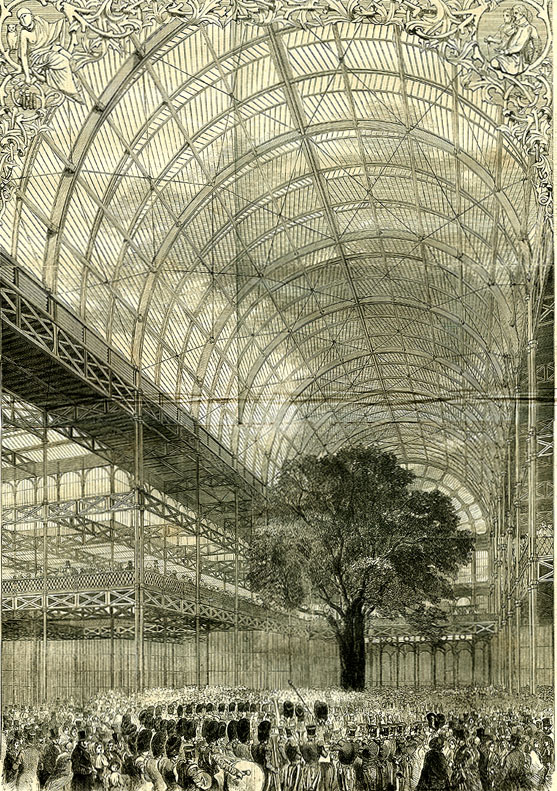In the reflections unit we studied the stages of architecture and design and the different shifts as the introduction of new building techniques and materials emerged. But first we studied how Thomas Jefferson borrowed inspirations from different places in Europe. For example the design of the U.S. Capitol building was inspired on ancient classical buildings which were The Roman Pantheon, and the circular domed Rotunda dedicated to all pagan gods. As we talked about the different buildings in Washington D.C , we explored the lay out of the city of Washington and how it was design to accommodate the different branches of government. After surveying the site of Washington, Pierre L'Enfant which was the designer, developed a Baroque plan that featured ceremonial spaces and grand radial avenues, while respecting natural contours of the land. The result was a system of intersecting diagonal avenues superimposed over a grid system. The avenues radiated from the two most significant building sites that were to be occupied by houses for Congress and the President.
Influenced by the designs of several European cities and 18th century gardens such as France's Palace of Versailles, the plan of Washington, DC was symbolic and innovative for the new nation. Only limited changes were made to the historic city bounded by Florida Avenue on the north and the waterways on the east, west and south until after the Civil War. The foremost manipulation of L'Enfant's plan began in the 19th century, and was codified in 1901 when the McMillan Commission directed urban improvements that resulted in the most elegant example of City Beautiful tenets in the nation. L'Enfant's plan was magnified and expanded during the early decades of the 20th century with the reclamation of land for waterfront parks, parkways, an improved Mall and new monuments and vistas. Two hundred years since its design, the integrity of the plan of Washington is largely unimpaired boasting a legal enforced height restriction, landscaped parks, wide avenues, and open space allowing intended vistas. Constant vigilance is needed by the agencies responsible for design review, it their charge to continue the vision of L'Enfant.
As the 19th century approached, we were introduced with the revolution of iron and glass, and the changes in manufacturing , transportation, architecture, furniture and so many other fields of study. The great exhibition of the Crystal Palace is a great example of the revolution of iron and glass and how this two new building materials combined made such great structures.
Furniture in the 19th century had major changes as well, The design and development of furniture over the centuries had been steady and predictable. It was largely influenced by the availability of materials such as iron, and the changing fashions of the eras. Armoires were designed for suits of armour, but later became wardrobes for clothing. Chairs lost their arms to accommodate wide skirts, and became upholstered and comfortable to fit in with the drawing
rooms of fashionable ladies.
Charles Rennie Mackintosh is another household name in design today.
He was primarily an architect and designer and a great exponent of Art Nouveau, but his progressive ideas spilled out into his furniture designs. Together with his wife, Mackintosh had a great influence on the changing styles from the Arts and Crafts movement to the radical mass produced Art Nouveau styles of the late 1800's and early 1900's.





No comments:
Post a Comment